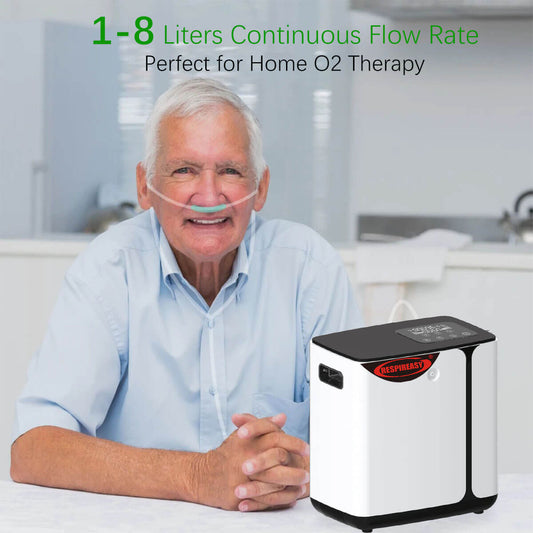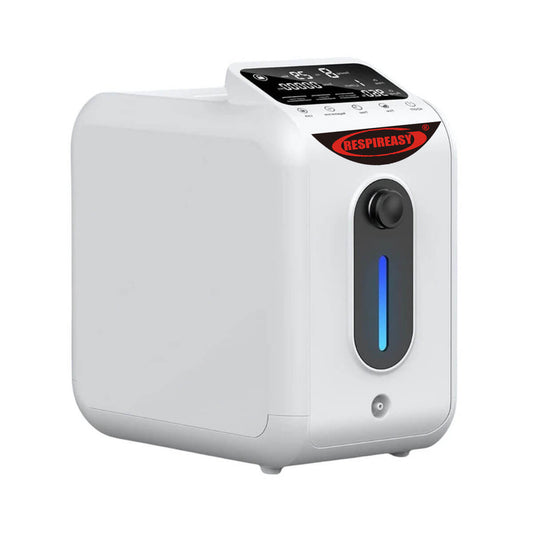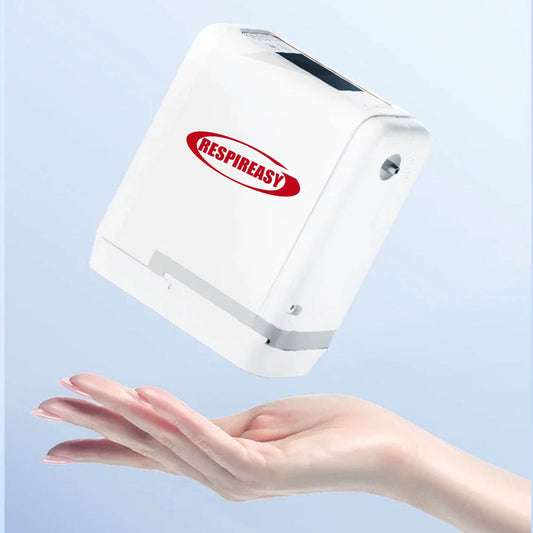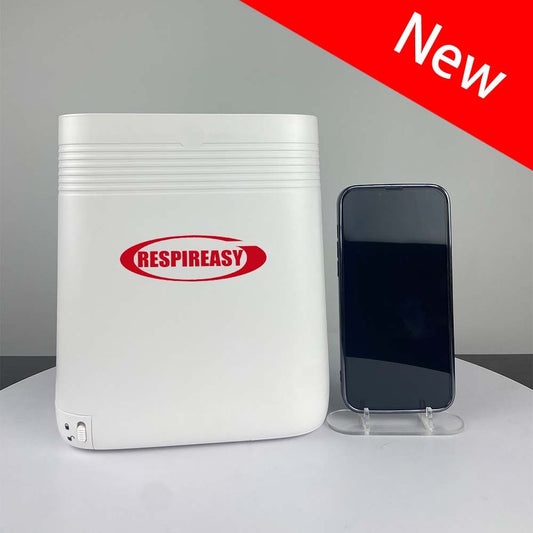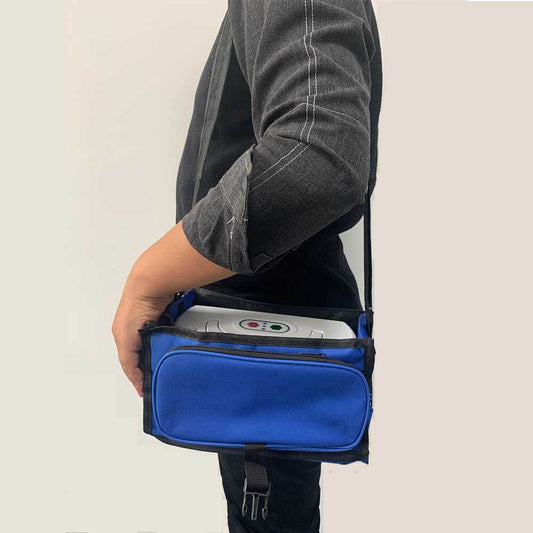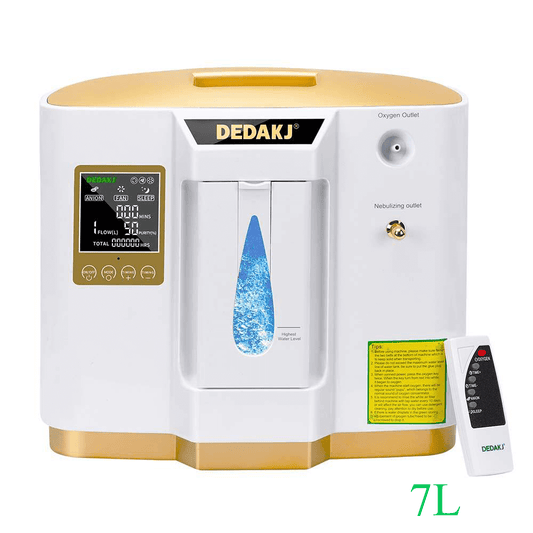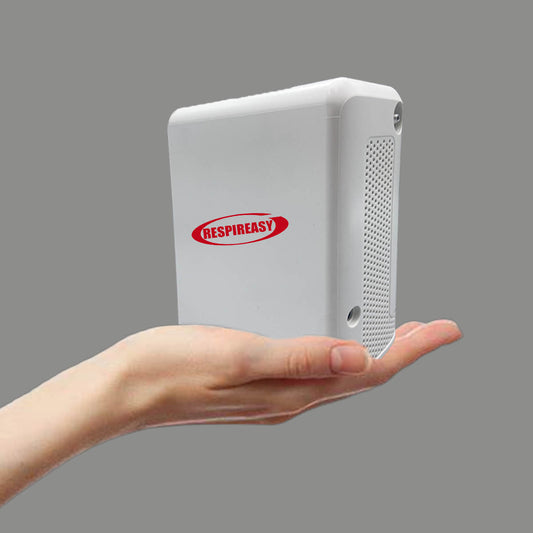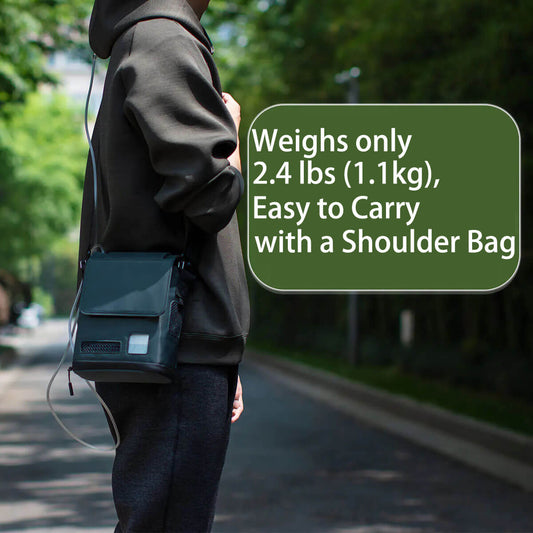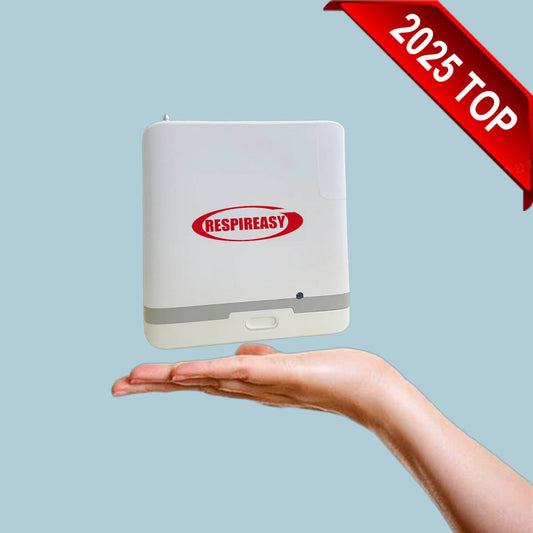COPD: Symptoms, Diagnosis, and Treatment
Are you often short of breath when doing things like running errands or climbing stairs? Learn if you are at risk for having COPD.
 Could you have COPD?
Could you have COPD?
The main cause of COPD is tobacco smoke, so if you smoke or used to smoke, you are at a higher risk of having COPD. Exposure to air pollution in the home or at work, family history, and respiratory infections like pneumonia also increase your risk.
Symptoms of COPD include:
- Frequent coughing or wheezing
- Excess phlegm or sputum
- Shortness of breath
- Trouble taking a deep breath
If you have any of these symptoms, talk to your doctor.
How is COPD diagnosed?
COPD is diagnosed using a simple breathing test called spirometry.
How is COPD treated?
If you have COPD, the most important steps you can take to reduce symptoms and improve your quality of life are:
- Quit smoking. For people who smoke, the most important part of treatment is to stop smoking.
- Avoid tobacco smoke and other air pollutants at home and at work.
Your doctor may also consider the following treatment options:
- Medicine. Symptoms such as coughing or wheezing can be treated with medicine.
- Pulmonary rehabilitation, a personalized treatment program that teaches you how to manage your COPD symptoms to improve quality of life. Plans may include learning to breathe better, how to conserve your energy, and what types of food and exercise are right for you.
- Prevention and treatment of lung infections. Lung infections can cause serious problems in people with COPD. Certain vaccines, such as flu and pneumonia vaccines, are especially important for people with COPD. Learn more about top sell oxygen concentrators. Respiratory infections should be treated with antibiotics, if appropriate.
- Supplemental oxygen. A portable oxygen tank may be needed if blood oxygen levels are low.
- Pulmonary rehabilitation helps improve COPD symptoms and allows you to be active without shortness of breath.






























